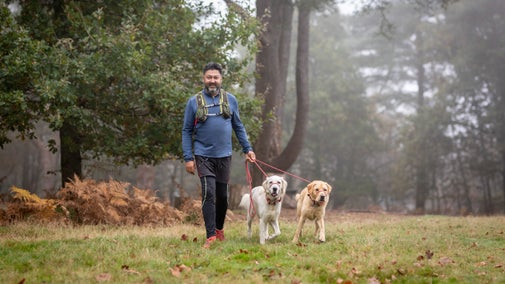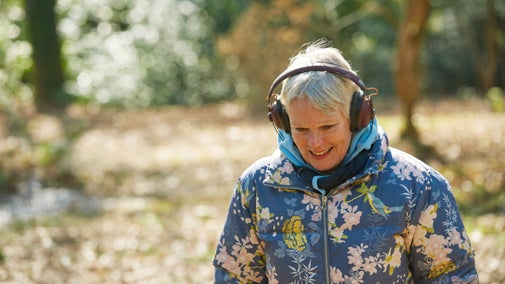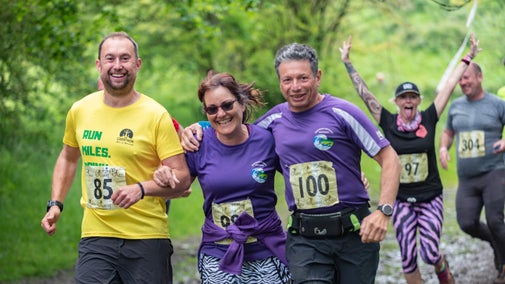
Become a member
Join today and help protect nature, beauty and history – for everyone, for ever. Enjoy access to more than 500 places with National Trust membership.
A wonderful mix of open heathland, woodland and chalk downland
Headley Common Road, Headley Heath, Surrey, KT18 6NN

With a wide variety of paths and open spaces, Headley Heath is an ideal place to explore with your dog. Please note during ground-nesting bird season, 1 March - 31 August, please keep to the paths and ensure your dog is on a lead.

From grazing animals in the 11th century to the training of Secret Operations Executive agents and the Canadian military in the lead up to D-Day, Headley Heath has a long and fascinating history. Join one of our free walks and discover more about how human activity has shaped the landscape we see today.

Tune into episode 2 of the Surrey Hills podcasts: 'A walk with a ranger' and hear about Headley's astounding array of protected birds, plants, and animals. Its former uses – from common grazing land to military training site have left a legacy of soil disturbance that’s proven invaluable today and created an almost unique habitat for wildflowers to flourish.

If you would like to host an event on National Trust land, or your sporting event includes routes on National Trust land, please email us at: surreyhills@nationaltrust.org.uk. Please contact us at least twelve weeks before the event date. We know how important events are to organisers and participants. Please help us ensure events are safe and legal for both participants and our visitors.


Join today and help protect nature, beauty and history – for everyone, for ever. Enjoy access to more than 500 places with National Trust membership.